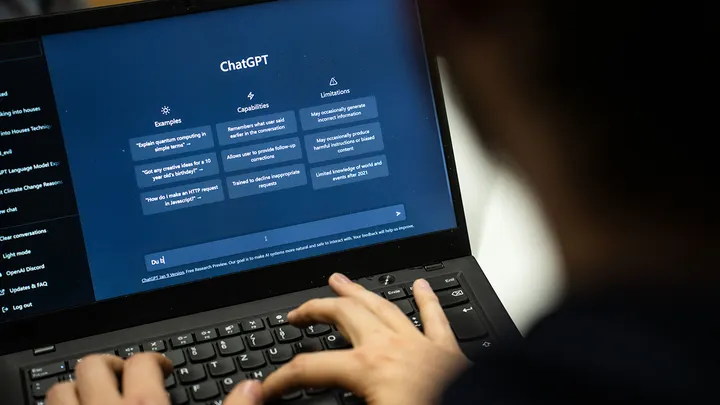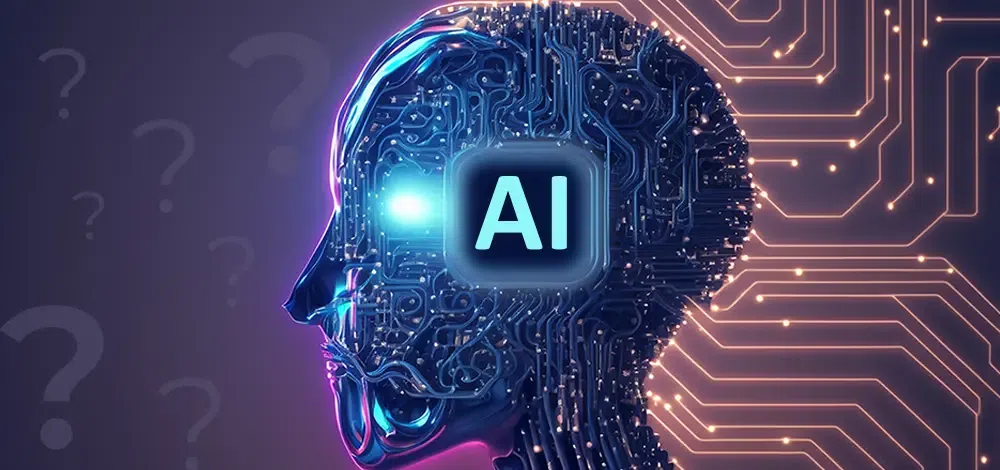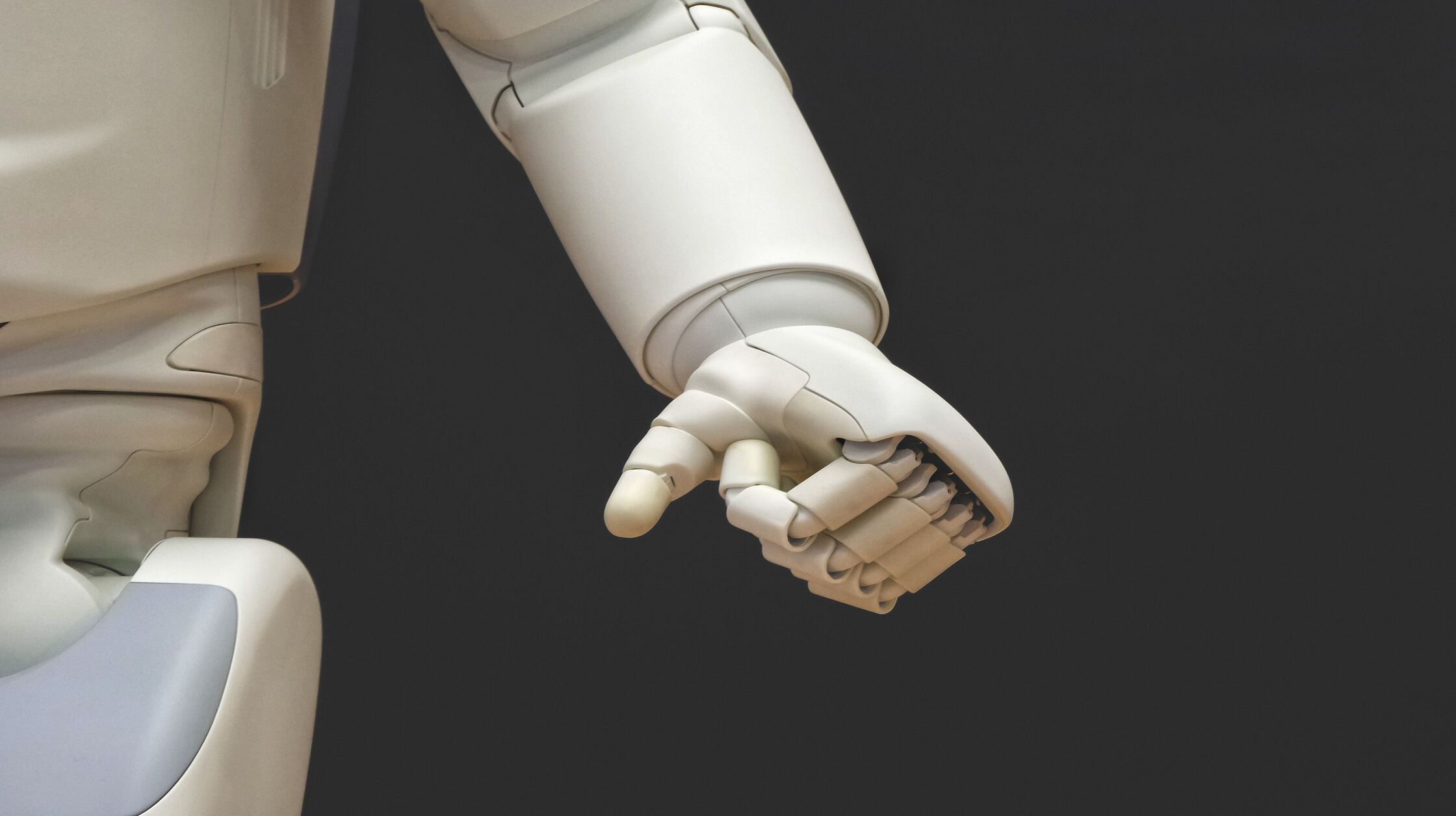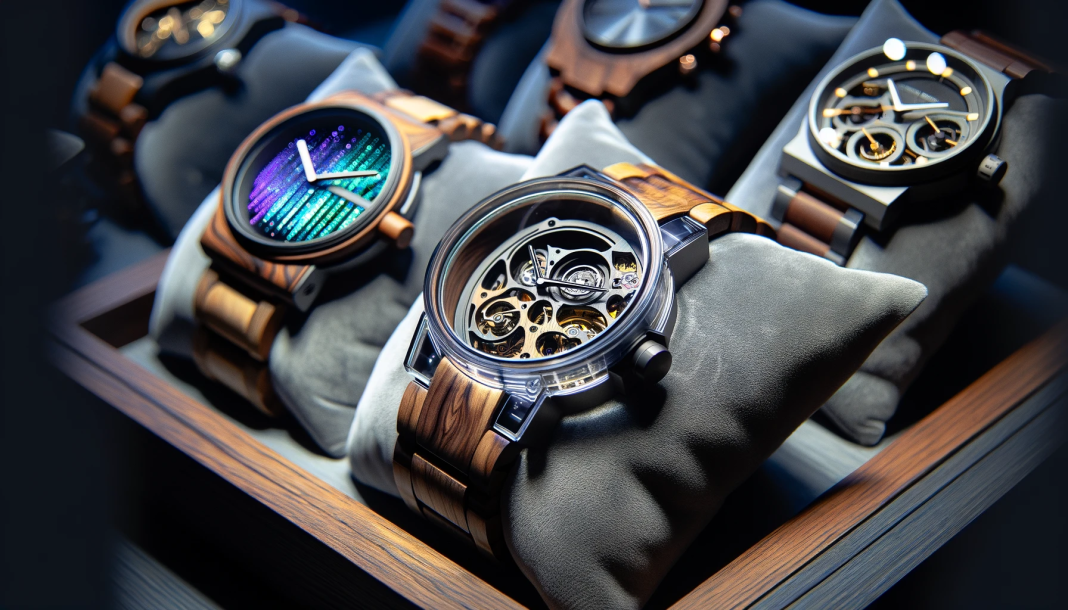Artificial intelligence models can now create smaller AI systems without the help of a human, according to research published Friday by a group of scientists who said the project was the first of its kind.

Credit: Frank Rumpenhorst/picture alliance via Getty Images
Essentially, larger AI models — like the kind that power ChatGPT — can create smaller, more specific AI applications that can be used in everyday life, a collaboration between Aizip Inc. and scientists at the Massachusetts Institute of Technology and several University of California campuses demonstrated. Those specialized models could help improve hearing aids, monitor oil pipelines and track endangered species.
“Right now, we’re using bigger models to build the smaller models, like a bigger brother helping [its smaller] brother to improve. That’s the first step towards a bigger job of self-evolving AI,” Yan Sun, CEO of the AI tech company Aizip, told Fox News. “This is the first step in the path to show that AI models can build AI models.”
Yubei Chen, one of the researchers, echoed Sun.

“The surprising thing we find is that, essentially, you can use the largest model to help you automatically design the smaller ones,” said Chen, a U.C. Davis professor and Aizip co-founder. “So in the future, we believe that these, the large and the small, they will collaborate together and then build a complete intelligence ecosystem.”
Models that can be spawned from AI include those capable of identifying human voices among ambient noise, monitoring pipeline data to proactively prevent integrity issues and analyzing satellite and ground-based sensor data to track wild animals, Yubei Chen, one of the researchers, told Fox News.
“Our technology is a breakthrough in the sense that for the first time, we have designed a fully automated pipeline,” he said. It “can design an AI model without human intervention in the process.”
“This month, we just demonstrated the first proof of concept such that one type of model can be automatically designed all the way from data generation to the model deployment and testing without human intervention,” Chen continued.
One device Sun and Chen demonstrated — a human activity tracker that uses AI to gather and analyze motion data — was housed in a chip smaller than a dime.
That sensor is an example of tiny machine learning, small AI systems that can be used in compact devices or spaces. Tiny machine learning capabilities are crucial for pervasive AI, the notion that nearly any object could become intelligent, Sun said.
“If we think about ChatGPT and tiny machine learning, they are on the two extremes of the spectrum of intelligence. The large models … reside in the cloud,” Chen told Fox News. “On the other hand, we are building the smallest models. They reside in things.”




